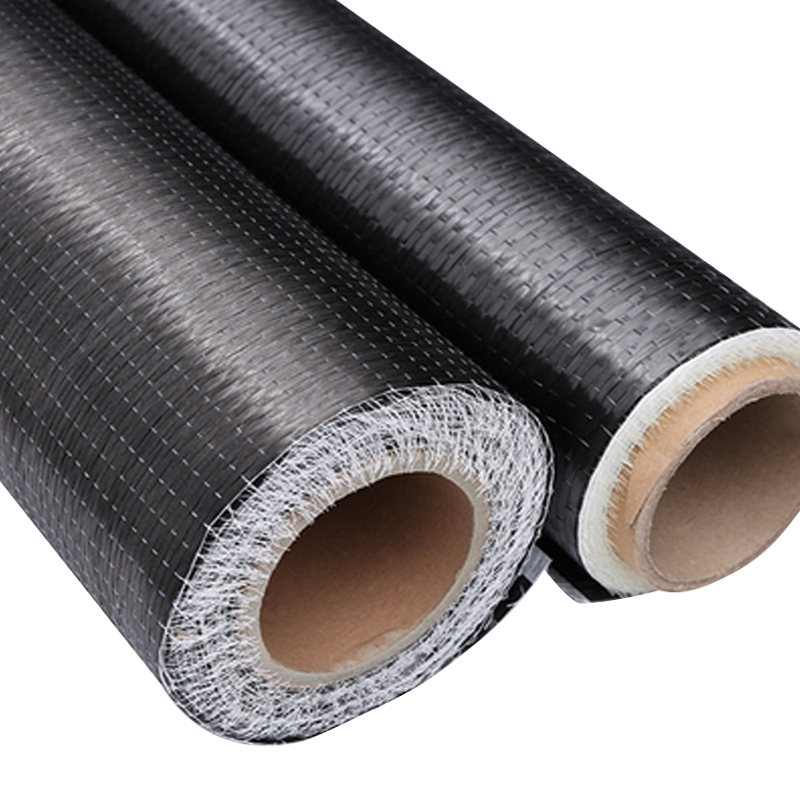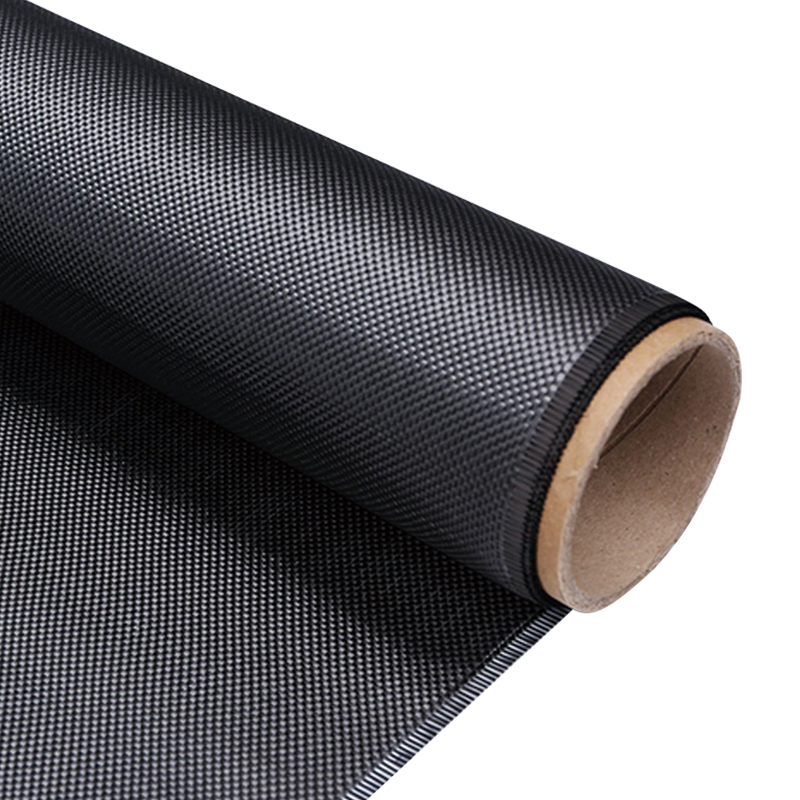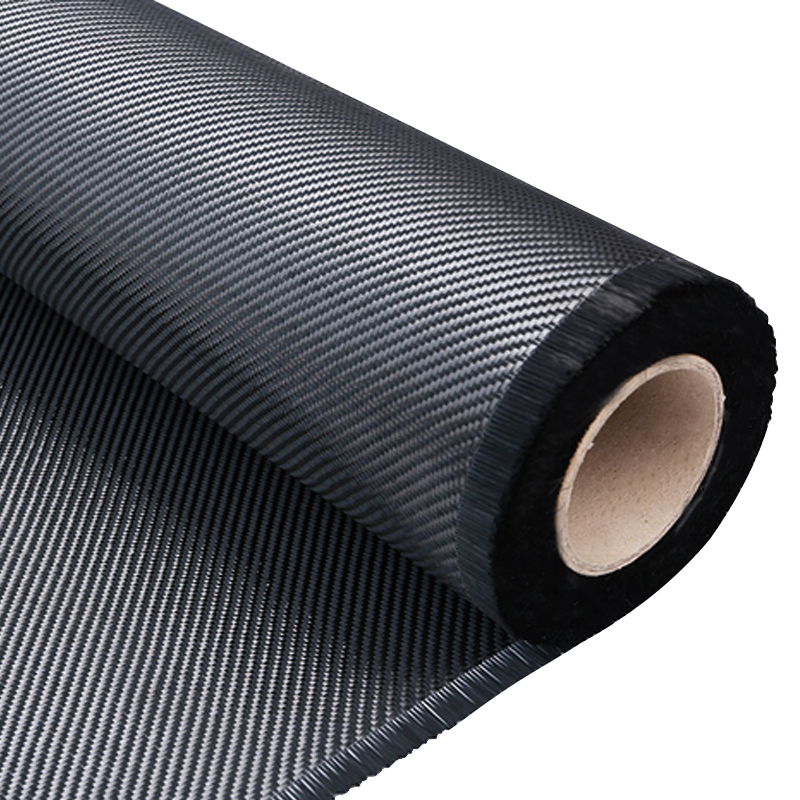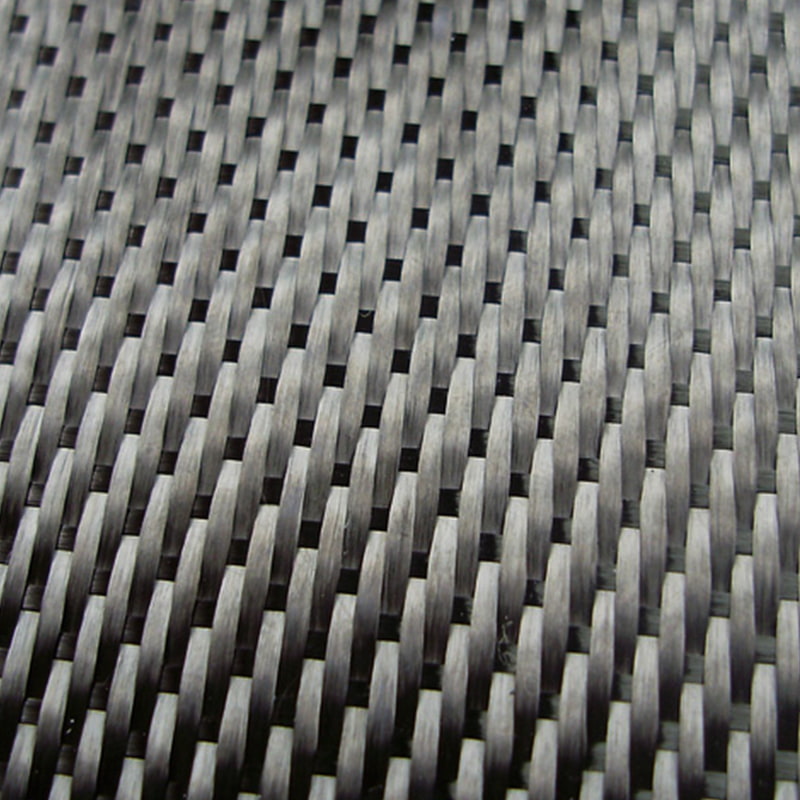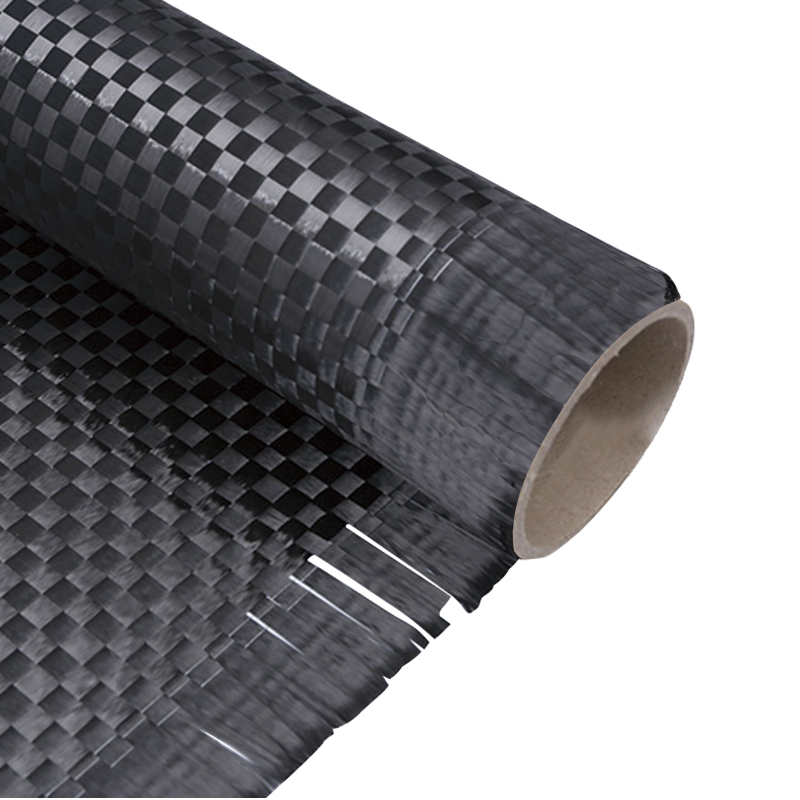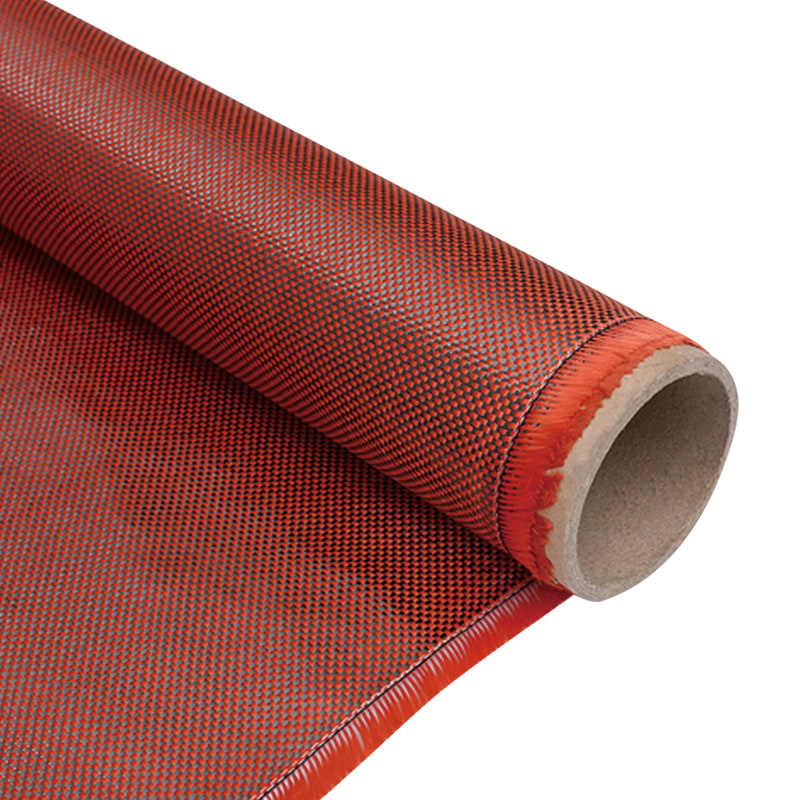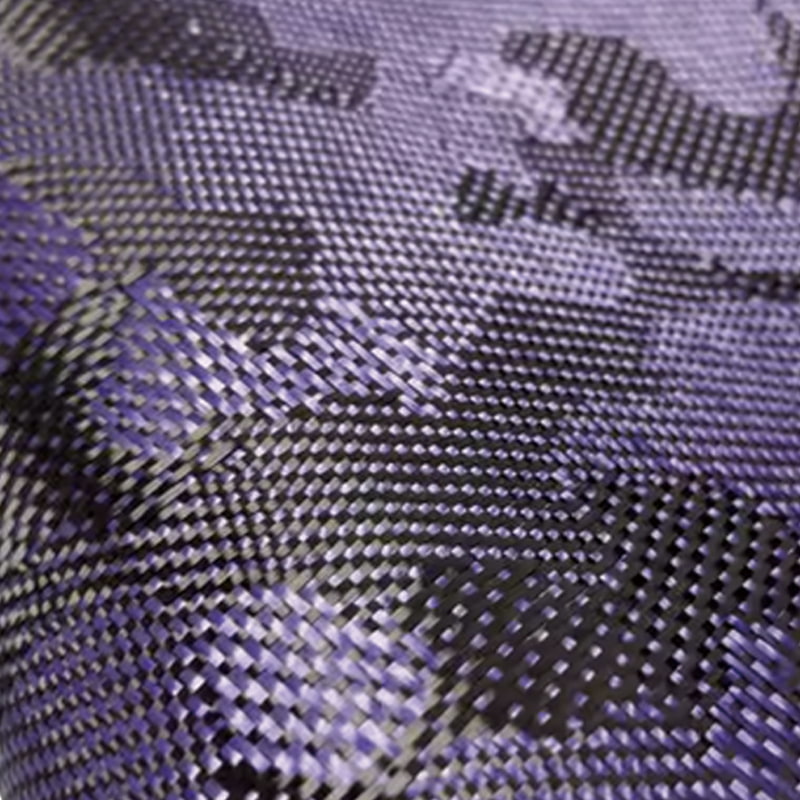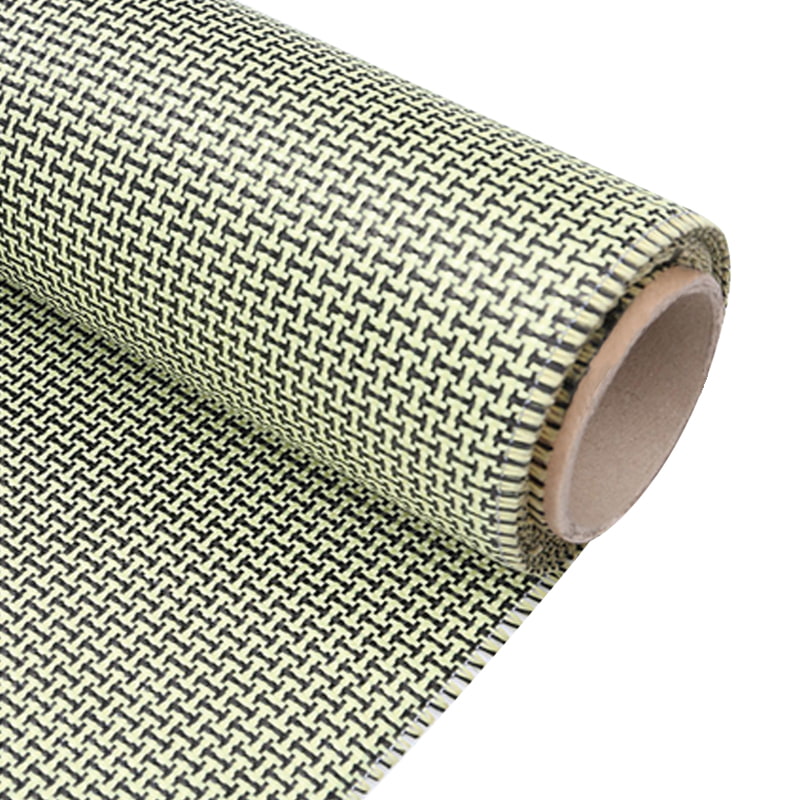Against the backdrop of increasingly strict global energy conservation and emission reduction policies, automobile lightweight has become an inevitable trend in the development of the industry. Carbon Fiber Prepreg is a high-performance composite material, thanks to its excellent strength-to-weight ratio and excellent design freedom, and is gradually becoming a key material in the automotive manufacturing field. As new energy vehicles continue to increase their range requirements for range, the application value of Carbon Fiber Prepreg is becoming increasingly prominent, and major automakers have increased their investment in R&D in this material in order to gain a technological advantage in the fierce market competition.
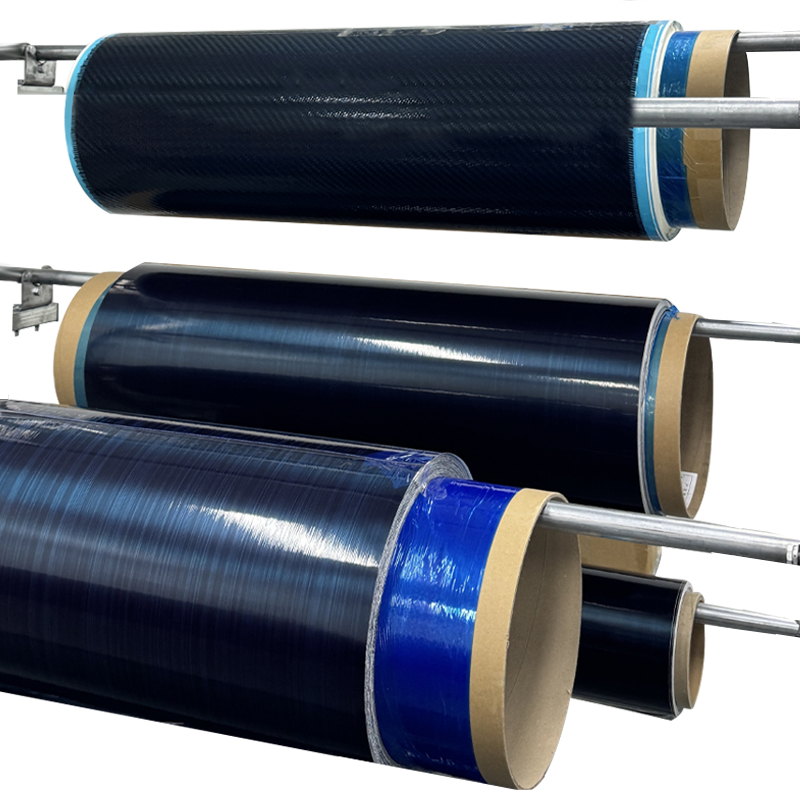
Technical features and advantages of Carbon Fiber Prepreg
Carbon Fiber Prepreg is a composite material made of pre-impregnated and cured carbon fiber and resin matrix, with physical properties that are incomparable to traditional metal materials. Its most significant advantage lies in its extremely high specific strength and specific modulus, which can achieve significant weight loss while ensuring structural strength. Compared with ordinary carbon fiber materials, the Preprep process makes the bond between fiber and resin more uniform and dense, thereby achieving more stable mechanical properties and better fatigue resistance. In the field of automobile manufacturing, this material can effectively improve the power performance and energy efficiency of the vehicle while enhancing safety protection capabilities.
In addition to mechanical properties, Carbon Fiber Prepreg also has excellent corrosion resistance and dimensional stability. Unlike metal materials that are susceptible to environmental factors, Carbon Fiber Prepreg can maintain stable performance in humid, high temperature or chemically corroded environments. This feature makes it particularly suitable for use in key components such as electric vehicle battery case, providing reliable guarantees for the safety of the entire vehicle. In addition, the designability of the materials also provides more possibilities for automotive styling innovation.
Innovative application of Carbon Fiber Prepreg in automobile manufacturing
In contemporary automotive engineering, the application of Carbon Fiber Prepreg has gradually penetrated from high-end sports cars to mainstream models. Body structural parts are one of the most important application areas. The body panels and frame structures manufactured by Carbon Fiber Prepreg can achieve a weight loss effect of 30%-50%, while maintaining and even improving collision safety. Many automakers are developing modular body designs based on Carbon Fiber Prepreg to achieve the goal of local reinforcement by optimizing material laying solutions.
Power systems are another important application direction. The battery pack housing of electric vehicles is manufactured by Carbon Fiber Prepreg, which not only reduces weight and improves battery life, but also effectively blocks the risk of thermal runaway. Some leading companies have begun to try to apply Carbon Fiber Prepreg to key components such as motor housings, and further optimize the energy density of the power system through material innovation. Chassis components also benefit from the application of this material, with the lightweight suspension system and drive shaft significantly improving the dynamic response performance of the vehicle.
Breakthrough Progress in Carbon Fiber Prepreg Production Process
Carbon Fiber Prepreg has made significant progress in production technology in recent years, laying the foundation for its large-scale application in automobile manufacturing. The maturity of automated laying technology has greatly improved production efficiency, and the robot-assisted prepreg laying system can achieve precise molding of complex curved surface components. At the same time, the development of the low-temperature curing resin system has successfully reduced production energy consumption and made the manufacturing process of Carbon Fiber Prepreg more environmentally friendly and economical.
Rapid curing process is another important breakthrough. Traditional Carbon Fiber Prepreg requires up to hours of curing time, while new catalytic systems can shorten this process to dozens of minutes, greatly improving production efficiency. Some innovative companies are developing microwave-assisted curing technology to further optimize the curing process through selective heating. These technological advances have significantly improved the feasibility of Carbon Fiber Prepreg in mass production of automobiles.
Challenges and development trends faced by Carbon Fiber Prepreg
Although Carbon Fiber Prepreg has great potential in automotive lightweighting, its large-scale application still faces several challenges. Cost factor is the main constraint, and the current price of Carbon Fiber Prepreg is still significantly higher than that of traditional metal materials. The cost of raw materials and the complexity of the production process together pushes up the price of the final product, which to some extent limits its application in economical models. In addition, the lack of recycling system is also a problem that the industry needs to solve. How to realize the circular economy utilization of Carbon Fiber Prepreg has become a research hotspot.
Future development trends show that Carbon Fiber Prepreg technology will develop towards multi-function integration. Researchers are developing new prepregs with intelligent features such as self-healing and self-induction. These innovations are expected to revolutionize automotive safety monitoring and maintenance. Meanwhile, the application of bio-based resins and recyclable carbon fibers will improve the sustainability of the material. With the continuous optimization of production processes and the emergence of scale effects, Carbon Fiber Prepreg is expected to achieve a significant drop in costs in the next 5-10 years, accelerating its popularization process in the automotive industry.
 English
English  中文简体
中文简体 عربى
عربى Tiếng Việt
Tiếng Việt
